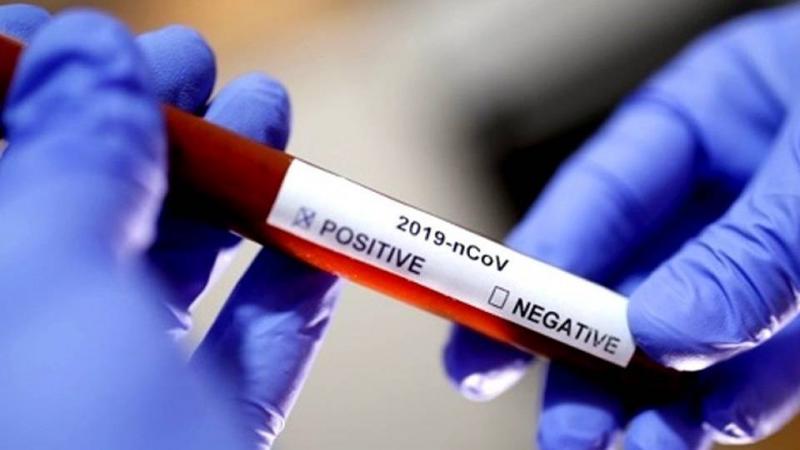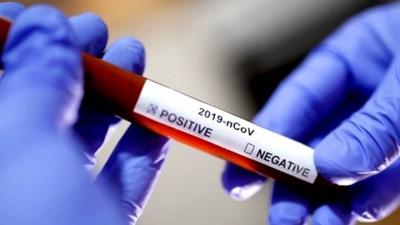Two new studies have found that the "COVID" virus can spread from corpses to the living in a zombie-like manner. Scientists in Japan detected traces of the coronavirus in the nasal passages and lungs of deceased human bodies and hamsters up to 17 days after death. They warned that bereaved individuals and families should exercise caution, even though the risks of transmission from corpses to the general public are low, primarily limited to medical examiners, disease specialists, and healthcare workers. The authors of one study wrote, "Infectious viruses can possibly be transmitted through post-mortem gases resulting from the decomposition process or other changes after death in the corpse."
In one study involving rodents, researchers infected a group of hamsters with the coronavirus and killed them after 24 to 48 hours. They then disinfected the bodies in an alcohol bath for 30 seconds and wrapped them in wire mesh to prevent them from being disassembled by live hamsters in the same cage. The hamsters were separated into two groups. In the first cage, a wrapped body and two uninfected hamsters were placed, while in the other cage, a live infected hamster was placed together with two uninfected hamsters. After twenty-four hours, they found a high titer or residual antibodies from the infection in the lungs and noses of the live hamsters. COVID was transmitted from all infected live hamsters in both cohabitation conditions, while the infected hamsters maintained a high level of the virus in their lungs and noses for 24 hours after death.
The traditional Japanese burial custom was observed, which involves using cotton pads to seal the nostrils, mouth, and ears of the corpse to contain gases that naturally escape upon death, thus preventing infection transmission. This custom, known as "angel care," effectively prevented the transmission of infection from the deceased hamsters.
In the study involving humans, Japanese scientists collected eight nasal swabs and 11 lung samples from 11 cases of "COVID" autopsies in 2021 and examined the genetic composition of viral strains. Their results showed that the virus was present in six out of the 11 cases. Four of these 11 cases were identified through nasal swabs, while nine out of 19 lung samples showed evidence of the virus 13 days after death. They concluded that "therefore, appropriate infection control measures should be taken when handling corpses." A study conducted in 2021 found that the infectious virus was still present in one "COVID-19" body 17 days after death, despite visible signs of decomposition.




